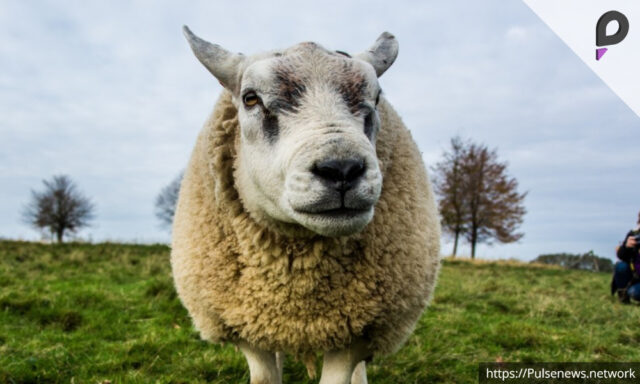Beijing: China has imposed a ban on livestock and related products from multiple countries.
The restrictions are due to concerns over animal-borne diseases spreading across regions.
Chinese customs authorities confirmed that disease risks prompted the latest trade limitations.
This decision aims to prevent potential outbreaks affecting local agriculture and public health.
Foot-and-Mouth Disease Sparks Concern
According to reports, China’s ban covers livestock from Africa, Asia, and Europe.
The ban includes sheep, goats, poultry, and other farm animals.
Foot-and-mouth disease outbreaks played a major role in this trade suspension.
Authorities are acting to safeguard the country from harmful animal-related infections.
Processed and Unprocessed Products Affected
The restrictions apply to both processed and unprocessed livestock goods.
This means meat, dairy, and other animal-based food items are impacted.
China is tightening import policies to minimize the risk of disease transmission.
Strict inspections will continue to prevent unauthorized animal product shipments.
Global Organization Warns of Animal Diseases
The World Organisation for Animal Health has raised concerns about rising infections worldwide.
Reports indicate that outbreaks are affecting multiple regions at alarming rates.
Many nations have struggled to control the spread of livestock-related diseases.
China’s latest ban is seen as a preventive step to protect domestic markets.
Trade and Agriculture Face Consequences
Farmers and exporters in affected countries may suffer economic losses.
The ban could disrupt global trade routes for livestock products.
Many businesses relying on exports may need alternative markets for their goods.
China remains one of the world’s largest importers of meat and livestock.
Strengthening Biosecurity Measures
China plans to enhance disease prevention strategies within its agricultural sector.
Experts suggest more advanced monitoring systems to track outbreaks effectively.
The country may invest in domestic livestock production to reduce dependence on imports.
Authorities continue to evaluate potential risks before considering policy changes.











